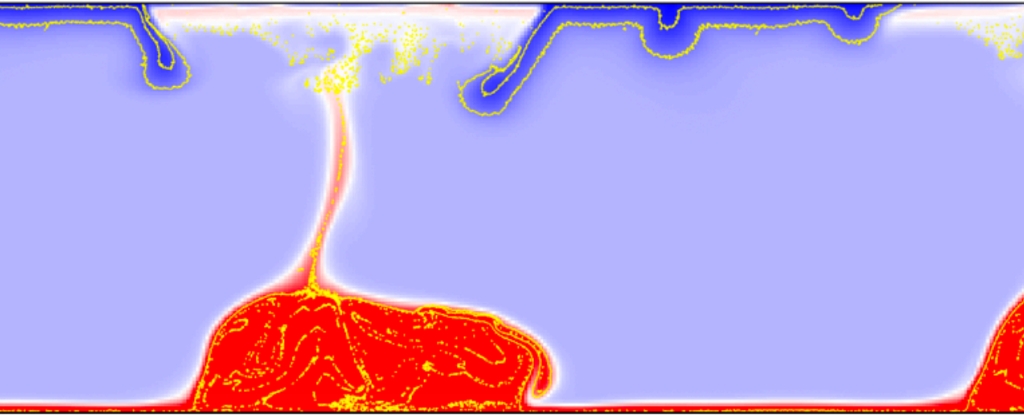Applied Sciences, Vol. 13, Pages 1535: Evaluating Learner Engagement with Gamification in Online Courses
Applied Sciences doi: 10.3390/app13031535
Authors: Anna Puig Puig Inmaculada Rodríguez Álex Rodríguez Ianire Gallego
Several reasons underlie the low retention rates in MOOCs. These reasons can be analysed from different perspectives, either in terms of the course design or the enrolled students. On the student side, we find little social interaction, boredom, tiredness, and a lack of motivation and time. These challenges can be addressed by adaptive gamification that proposes the design of personalised, hedonic learning experiences. Studies to date have adopted either the one-fits-all approach or the adaptive approach. Nevertheless, the adaptive solutions have considered a static player profile throughout the entire experience. This paper presents the design and evaluation of a dynamic adaptive gamification approach which—based on students’ interactions with game elements and also their opinions about these elements—dynamically updates the students’ player profile to better figure out which game elements suit them. We evaluated the engagement of students with gamification elements by means of a course composed of a knowledge "pill" related to the topic of “recycling plastics from the sea”, offered through the nanoMOOCs learning platform. We propose metrics such as the mean number of interactions with the gamification dashboard, the time spent by participants with game elements, and the opinions of students about these elements to compare the Dynamic Adaptive Gamification (DynamicAG) and the Static Adaptive (StaticAG) approaches. An experimental study with 66 high school students showed significant differences between both approaches. Specifically, the DynamicAG group spent twice as much time with the Dashboard than the StaticAG group. Moreover, students in the DynamicAG group were more engaged with game elements (mean number of interactions = 12.13) than those in the StaticAG group (mean number of interactions = 3.21).

 1 year ago
21
1 year ago
21

